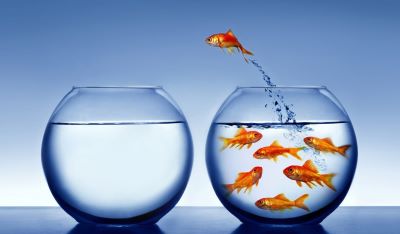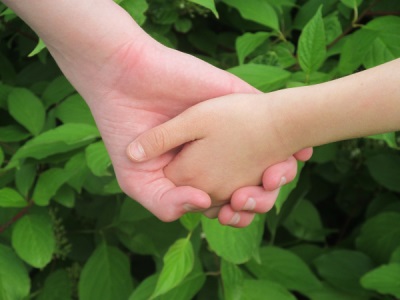Discussion exercises
Sustainable development is a value-laden concept that is characterised by conflicting objectives and conflicts of interest. By means of discussion exercises, the students will be able to reflect, take a position and argue for and against different priorities and strategies for achieving sustainable development.
Fish bowl

Fish bowl is an activity aimed at stimulating all students in the classroom to discuss and reflect. The activity works in such a way that you as the teacher create two positions within a specific subject. You then proceed by dividing the students into groups of 4-5 and give half of the groups one position and the other half the other. You then ask them to argue for their position. At the beginning of the exercise, inform them that a randomly selected student from each group shall present the arguments. When the groups have formulated their arguments, you (randomly) choose a student from each group who has to come out and join a panel that then argues for and against the different positions.
What needs to be done today for our grandchildren to enjoy a good life?

A discussion exercise that we have used in different contexts to raise interest in Sustainable Development and what engineers can do to promote such a development. This is a discussion exercise based on the theme "What needs to be done today for our grandchildren to enjoy a good life"?
Students in groups of 4-5 people each receive 5 post-it notes, where they can write down what they consider to be the most important actions that need to be taken today to ensure future generations enjoy a good life. After that, the students group the group's post-it notes by characterising the areas in which the actions should be taken (e.g. energy, education). The grouping can be written out on a flipchart or directly on the board (depending on the number of students). This group discussion continues for about 20 minutes. There are different variants of the characterisation. The students can be asked to categorise the activities that have emerged based on three dimensions of Sustainable Development and see if they overlap each other. Another variant is to guide the discussion so that the students should primarily answer the question with emphasis on what opportunities they see based on their future professional role.
The outcome of the discussion is captured by means of each group "reporting" what they have agreed upon, which leads to a reflection/discussion in the large student group. This discussion exercise can probably be applied to all engineering courses. Contact sustainability@kth.se if you want to know more.
